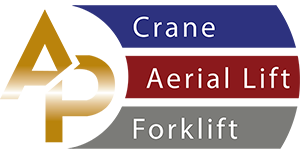
Aerial lifts are known to fall under three different types of lifts. For the first type of lifts, you got scissor lifts. For the second type of lift, you got boom lifts. For the third type of lift, you got telehandlers. Each type of aerial lift serves different types of purposes for specific jobs and different environments.

Scissor Lifts
Scissor lifts provide a safe elevated platform for working jobs and activities in high areas.
Types of Scissor Lifts
There are many types of scissor lifts. Scissor lifts provide all-day performance for an effective and more productive day. These types of scissor lift work platforms are excellent for indoor maintenance or outdoor construction jobs.
Hydraulic Scissor Lifts
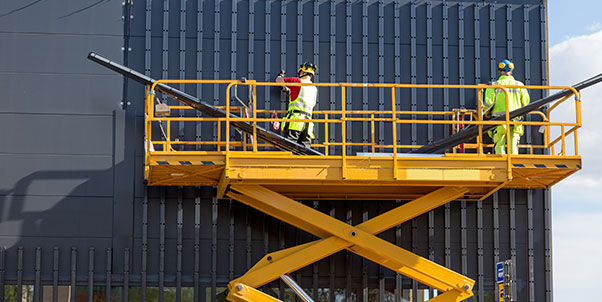
Hydraulic scissor lifts are used by driven engine pressurized hydraulics to lift loads. Hydraulic uses pressure within the hydraulic oil is pressured and is accountable for stimulating the hydraulic platform up and down.
Oil is present within the hydraulic to efficiently lift heavy loads. For example, warmer temperatures cause the oil to be less viscous and circulate better. Compared to cold weather conditions oil becomes more viscous making it harder simply to lift as the oil seems to be thicker.
Diesel and Electrical Scissor Lifts
Electric scissor lifts possess longer runtimes and better quieter working environments. Diesel-powered lifts cross harsh terrain, at the same time lifts plenty of tools and people to height. Both diesel and electrical scissor lifts present excellent terrain strength and grade ability, making it easier to manage through the harshest job sites.
Pneumatic Scissor Lifts
Pneumatic scissor lifts utilize air pressure as a mechanism to lift. Pneumatic scissor lifts are all-natural eco-friendly types of scissor lifts that do not produce harsh chemicals and bad emissions. Most pneumatic scissor lifts don't use electrical power to operate.
Pneumatic scissor lifts works by compressing air. Because these types of lifts have no emissions they are utilized in almost any type of environment.
Boom Lifts

Boom lifts are different types of aerial lifts and are recognized through multiple names for example cherry pickers, man lifts, and basket cranes. Boom lifts are quite comparable to scissor lifts; but, they can typically stretch to higher elevations and are equipped to move around obstructions. The basic boom lift consists of a soli bd fountain base, a hydraulic lift system powers an attached crane, with a platform or bucket. Boom Lifts can are sometimes attached to other foundations like trucks and vans making them very portable transport.
Types of Boom Lifts
Two main types of boom lifts that are utilized in the lifting industry.
Straight Booms
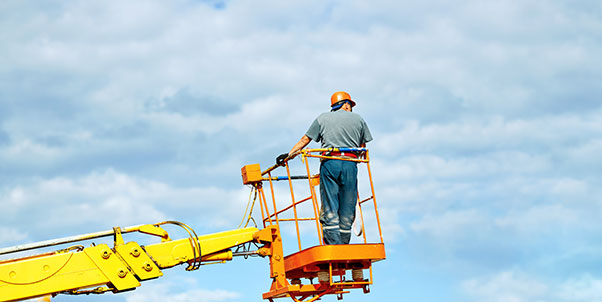
Straight booms are also known as boom lifts, they are attached with a telescopic boom and platform mounted at the end. Straight booms are the most basic telescopic booms. Straight booms won't have hinges. Hinges are found on articulating booms. Straight booms are restricted from maneuvering around obstacles, but, it can attain the most elevated height of aerial lifts and is extremely stable.
Articulating Booms
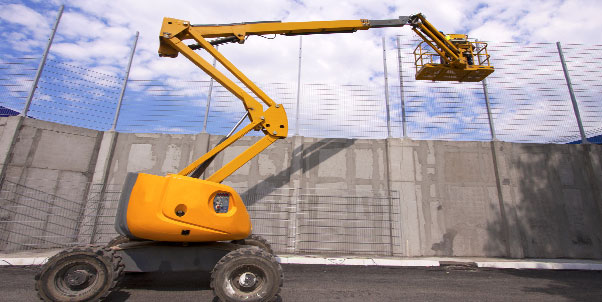
Articulating booms have more than one boom segments that articulate from the hinge point that being said articulating booms are able to bend the extension boom to get around obstructions. Although it cant reach heights a telescopic boom achieves, it is ideal for tough areas that aren't easy to get to. The design allows articulating booms to fold up and become a compact machine for transportation.
Telehandlers

Telehandlers, also known as telescopic handlers, are a rough terrain variable range forklift. Like a telescopic boom, they are very familiar but are implemented with a lifting accessory. Telehandlers do operate similar to a forklift, but at more elevated heights, and are most commonly utilized in agriculture. cultivation, farming, and construction industries. Telehandlers are usually equipped with a 4-wheel drive undercarriage with an attached telescopic boom that gives lift elevations of 50 ft or higher. Telescopic booms are capable of moving the loads forward and upward.
Types of Telehandlers
Two main types of telehandlers come in a standard known as a telescopic telehandler and an advanced rotating telehandler.
Telescopic Handler

The most standard telescopic telehandler has an attached arm that moves upward and downward or inward and outward. Telehandlers can stretch out anywhere from 18 to 55 ft and have rated weight capacities anywhere from 5,000 pounds to 12,000 pounds.
Rotating Telehandlers
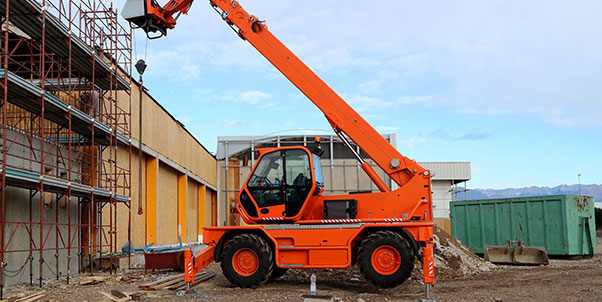
Almost like the standard telehandler, rotating telehandlers have the capability to move the arm in the corresponding motions. Nevertheless, the rotating telehandler brings it an action further and enables the arm to pivot 360 motion, letting the telehandler aid a wide area from a particular location.
Aerial Lift Training Courses
For more information regarding aerial lift training courses on scissor lifts, boom lifts, and telehandlers visit All Purpose Aerial Lift Training. Give us a call at (888) 501-1355 or fill out our contact form so we can further assist with a aerial lift course that is right for you.
